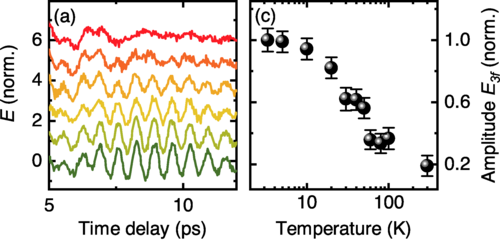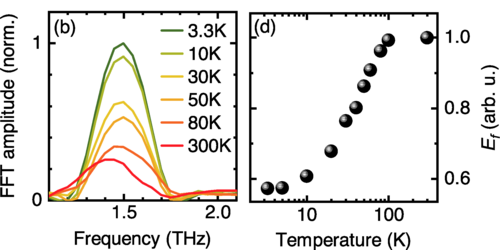Unusual transport properties discovered in a quantum metal


In physics, phase transitions, in which a material changes from one state to another, are a well-studied phenomenon. An everyday example is the freezing of water to ice at temperatures below 0 degrees Celsius. Another is a magnet that loses its magnetic properties at high temperatures. Can a phase transition occur at absolute zero temperature, i.e. without thermal energy, but through quantum effects? And how does matter behave in the vicinity of such a quantum phase transition? Modern quantum physics, for example, is investigating these questions.
Prof. Zhe Wang and his team have investigated the metal ruthenate (CaRuO3) using special time-resolved terahertz spectroscopy - and discovered unusual transport properties. Transport properties are defined as how electrons are transported in a material under the influence of an external field. These properties determine how well a material conducts electricity or reacts to electromagnetic fields. In the case of the metal studied, the researchers found that it exhibits unusually strong non-linear reactions to the effects of terahertz fields. This could be a characteristic feature of a quantum phase transition at which the material is located. This offers an unconventional experimental approach to detecting and understanding quantum phase transitions.

